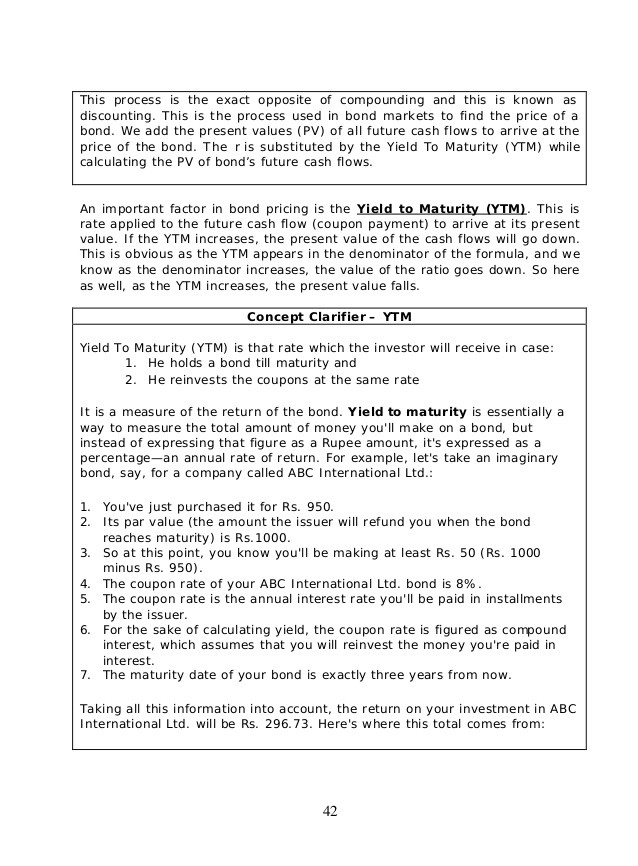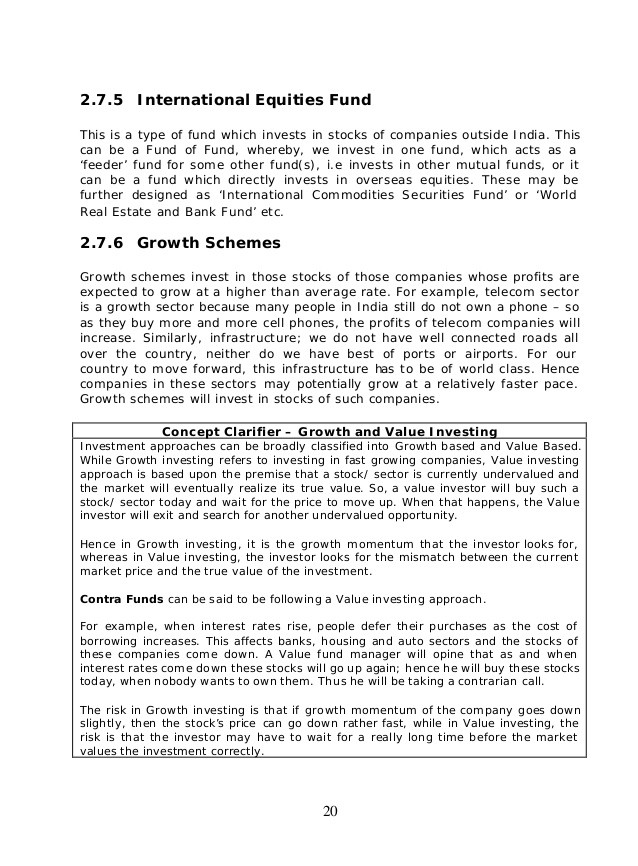Stocks Bonds and Mutual Funds for Beginners
Post on: 25 Июнь, 2015 No Comment

What Are Stocks?
A publicly owned company has what are called stocks, or equities, that have built up over the years. It is similar to the equity that your home builds up over the years that you own it, but the difference is that in a business that equity is there from day one. When you purchase stocks from a company, you become a part owner of that business. This means that you can vote at stockholder meetings and you are permitted to receive any profits that the company allocates to its owners. These profits are usually in the form of dividends, or interest, that the stock has accrued. The downside to stocks is that they are extremely volatile and they can fluctuate in value daily. Stocks are the riskiest investments on the market. However, they can also produce some of the highest returns on your money.
What Are Bonds?
Bonds are a safer form of investment, though there is still the potential to lose money. A bond is essentially a loan to a company or the government. You purchase the bond or lend your money to the establishment, and then in return, the establishment agrees to pay you back with interest. The main attraction to bonds is their relative safety, which is one of the reasons that they are categorized as fixed-income securities. If you buy from a stable government, your investment is very close to being guaranteed. However, the downside is that the rate of return on these investments is usually lower than other securities.
What Are Mutual Funds?
Mutual funds are essentially a collection of stocks, bonds, and cash. When you buy a mutual fund, you are buying a bucket account. In that bucket will be a percentage of stocks, bonds, and cash. The percentages will be divided up according to your risk acceptance, as well as factors including length of time until retirement and how much you are opening the account with. As a general rule, if risk does not appeal to you, the majority of your mutual fund will be in cash or bonds. This investment strategy will not earn a lot of money, but it will be relatively safe from the volatility of the market. Conversely, if you are comfortable with risk or understand the ups and downs of the market, then you might be in a riskier portfolio. In that scenario, the majority of your money will be in stocks while smaller amounts will be in cash and bonds. However, with greater risk comes the potential to earn even more money. A third option is what is called a balanced fund, wherein all three buckets are equal. With the balanced fund, the rate of return will be about average.

How Do You Choose Which Investment Option is Right for You?
The first step to ensuring that you have the most successful investment strategy possible is to know yourself. When you first begin looking into investments, you will have countless individuals offering advice on what worked for him or her. While that information is certainly of value, it does not cover what works best for your personal characteristics. Before deciding what investments you want to participate in, you must first determine what level of risk you are comfortable with. As previously mentioned, investing comes with a certain amount of risk. You can and often times will lose money. The upside is that turns in the market are cyclical, meaning it will eventually come back up. Since investments are meant to be more long-term vehicles, there is a good chance that you can regain the money lost. However, if you are uncomfortable with the thought of losing money, investments such as stocks, bonds, and mutual funds might not be best suited to your personal preferences.














